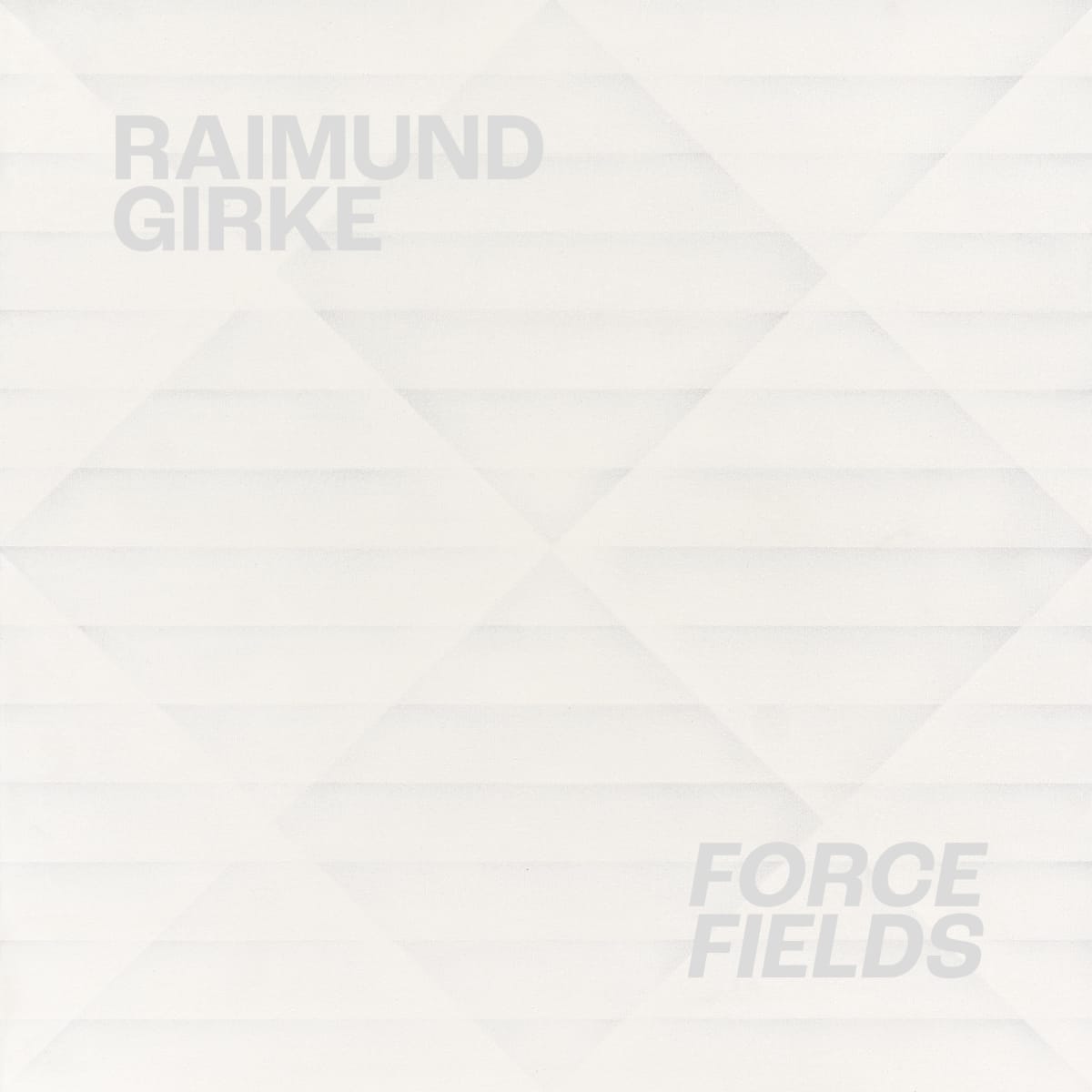Raimund Girke: FORCE FIELDS
-
 Raimund GirkeWeißes Bild III , 1963Mixed media on nettle70 x 70 cm
Raimund GirkeWeißes Bild III , 1963Mixed media on nettle70 x 70 cm
27 1/2 x 27 1/2 inches -
 RAIMUND GIRKE, Untitled, 1966
RAIMUND GIRKE, Untitled, 1966 -
 RAIMUND GIRKE, Labiles Gleichgewicht (Unstable Weight), 1966
RAIMUND GIRKE, Labiles Gleichgewicht (Unstable Weight), 1966 -
 RAIMUND GIRKE, Untitled, 1969
RAIMUND GIRKE, Untitled, 1969 -
 RAIMUND GIRKE, Progression BR I, 1970
RAIMUND GIRKE, Progression BR I, 1970 -
 RAIMUND GIRKE, Progression BR V, 1970
RAIMUND GIRKE, Progression BR V, 1970 -
 RAIMUND GIRKE, Progression BR VII, 1970
RAIMUND GIRKE, Progression BR VII, 1970 -
 RAIMUND GIRKE, Drehung I, 1970
RAIMUND GIRKE, Drehung I, 1970 -
 RAIMUND GIRKE, Untitled, 1972
RAIMUND GIRKE, Untitled, 1972 -
 Raimund GirkeUntitled, 1965Tempera on canvas60 x 60 cm
Raimund GirkeUntitled, 1965Tempera on canvas60 x 60 cm
23 5/8 x 23 5/8 inches -
 Raimund GirkeFluktuation II, 1965Tempera on canvas60 x 60 cm
Raimund GirkeFluktuation II, 1965Tempera on canvas60 x 60 cm
23 5/8 x 23 5/8 inches -
 Raimund GirkeUnruhige Mitte , 1965Tempera on canvas60 x 60 cm
Raimund GirkeUnruhige Mitte , 1965Tempera on canvas60 x 60 cm
23 5/8 x 23 5/8 inches -
 RAIMUND GIRKE, Untitled (RN20890), 1967
RAIMUND GIRKE, Untitled (RN20890), 1967 -
 RAIMUND GIRKE, Untitled (RN20895), 1967
RAIMUND GIRKE, Untitled (RN20895), 1967 -
 Raimund GirkeNr 11 Aquarell (grey-blue), 1969Gouache on paper14 x 14 cm
Raimund GirkeNr 11 Aquarell (grey-blue), 1969Gouache on paper14 x 14 cm
5 1/2 x 5 1/2 inches -
 RAIMUND GIRKE, Nr 13 Aquarell (rosa), 1969
RAIMUND GIRKE, Nr 13 Aquarell (rosa), 1969 -
 Raimund GirkeNr 15 Aquarell (blue), 1971Gouache on paper15 x 15 cm
Raimund GirkeNr 15 Aquarell (blue), 1971Gouache on paper15 x 15 cm
5 7/8 x 5 7/8 inches -
 RAIMUND GIRKE, Nr 21 Aquarell (blue), 1972
RAIMUND GIRKE, Nr 21 Aquarell (blue), 1972
'White is emptiness, immateriality, calm and silence.'
An influential figure of post-war German art, Raimund Girke (1930-2002) studied at the art school in Hanover before moving on to the Düsseldorf Art Academy with ZERO founders Otto Piene and Heinz Mack. Departing from Abstract Expressionism and initially influenced by the gestural-rhythmic abstraction of Art Informel, he became a forerunner of Analytical Painting committed to the investigation of the colour white.
From 1956-7, reducing his palette to black and grey, Girke developed a painting style consisting of few colours and void of any figurative reference taking the work to the extremes of white in 1959. Brushstrokes increased in dynamism and force allowing vibration, rhythm and movement to flow through the materiality of the paint. Exploring the concepts of light, and colour his paintings are at once still and dynamic, meditative and probing.
Since 1971 he was a professor at the Berlin University of the Arts. In 1977 he took part in documenta 6 in Kassel and his works are represented in numerous museums and collections. In 1995-96 four German museums held a retrospective of his work- Sprengel Museum Hanover, Von der Heydt Museum Wuppertal, Saarlandmuseum Saarbrücken, Kunsthalle Nuremberg. This year, MKM Museum Küppersmühle für Moderne Kunst, Duisburg, held a retrospective commemorating the 20th anniversary of the artists death.






















